Hwangji Jayu Market(황지 자유시장)
2025-10-23
14 Sijangan 2-gil, Taebaek-si, Gangwon-do
Established in 1971, Hwangji Jayu Market is a traditional market with over 50 years of history and roughly 170 vendors. It welcomes customers with a wide selection of goods and high-quality local specialties, including Danggui (Korean angelica) and Cheongung (Cnidium) from the highlands of Taebaek, various mushrooms, fresh and savory fish from the nearby East Sea, fruits, miscellaneous goods, clothing, shoes, and other manufactured products. Conveniently located in central Taebaek and just a two-minute walk from Hwangji Pond, a main local attraction, the market is beloved by both residents and tourists, and continues to thrive as a bustling local hub.
Incheon Singi Market (인천 신기시장)
2025-10-23
6 Singi-gil 58beon-gil, Michuhol-gu, Incheon
+82-32-865-5424
Designated as a cultural tourism market, Incheon Singi Market is popular among both residents and international tourists. Its charming alleyways and abundance of goods and food attract crowds daily. True to its name—"Singi” meaning “marvelous”—the market offers many unique features, most notably its exclusive currency system, Singi Tongbo. Modeled after traditional Korean brass coins (Yeopjeon), these tokens are used on market premises instead of cash. Each token is worth 500 won and is commonly used at snack stalls and food alleys. These traditional-style coins also intrigue and delight international visitors. The origins of Singi Market are equally fascinating. In the 1970s, women began selling vegetables grown in their kitchen gardens at the foot of Munhaksan Mountain. As more people gathered, the area naturally evolved into a neighborhood alley market. (Source: Incheon Tour)
Jinju Jungang Market (진주중앙시장)
2025-10-23
8-1 Jinyangho-ro 547beon-gil, Jinju-si, Gyeongsangnam-do
+82-55-741-2151
Jinju Jungang Market is a long-standing traditional market that traces its origins to the Jinju Sangmusa (now the Chamber of Commerce) established in 1884. Designated as a cultural tourism market in 2011, it is located in the heart of Jinju. Nestled between underground shopping malls, financial institutions, medical facilities, and youth-oriented streets, the area boasts heavy foot traffic and serves as a main hub for the city’s logistics, economy, and culture. Originally a five-day-interval market opened every 5 days from the 2nd of each month, it now operates year-round. The market features a 980-meter-long retractable arcade and is divided into three sections of Hanbok and fabric shops, food alleys, and general goods areas. Starting at 2:00 AM, a dawn market is also held here, with vegetable and fish auctions for retailers. Trading of agricultural and fishery products continues until around 10:00 AM, after which the regular stores open. Located at a key commercial point where abundant agricultural products from Jirisan Mountain and fresh seafood from the southern coast are distributed, the market offers a wide array of local specialties, such as dried seafood, agricultural and fishery products, as well as Hanbok. It also participates in regional events like the Jinju Namgang Yudeung Festival, showcasing items such as Jinju bibimbap. Once known as Jinju Jungang Yudeung Market, it was officially renamed Jinju Jungang Market in 2015.
Osan Osaek Market (오산오색시장)
2025-10-23
22 Osan-ro 272beon-gil, Osan-si, Gyeonggi-do
+82-31-376-4141
Osan Osaek Market, a traditional market with over 100 years of history, serves as a distinctive cultural tourism hub connected to nearby attractions and also functions as a shared community space for local residents. About half of the market consists of food-related vendors including vegetables, fruits, dried seafood, and milling shops, while the rest offers a wide variety of clothing and household goods. Each alleyway within the market has been given a themed name reflecting its character—such as Miso-gil (milling alley), the market’s welcoming gateway; Green-gil (fresh produce alley), filled with freshness; Areum-gil (gourmet alley), lined with popular eateries; Moms-gil (health food alley), fun to browse; and Red-gil (night market & fashion alley), full of youthful energy and passion. Popular restaurants are scattered throughout, making it a hotspot for food enthusiasts. The market is about a 5-minute drive or 7-minute walk from Osan Station (Line 1), with direct bus access also available from the station. Nearby attractions include Gwanaksan Mountain, Anyang Art Park, Seoulland, Let’s Run Park Seoul, and Baegunhosu Lake.
Yeosu Fish Market (여수수산시장)
2025-10-23
24 Yeogaekseon terminal-gil, Yeosu-si, Jeollanam-do
With a 50-year history, Yeosu Fish Market, the largest of Yeosu’s three major seafood markets, retains the familiar charm of a traditional market while offering a pleasant, modernized setting with renovation work completed in 2011. The market epitomizes both tradition and modernity. Here, visitors can find fish species rarely seen in capital-area markets such as snailfish (Mulmegi), rockfish (Bollak), and Spanish mackerel for sashimi—all at affordable prices. The market is divided into three main sections of live fish, dried seafood, and food items. The live fish section uses clean seawater drawn from a dedicated seawater pipeline 400 meters deep, ensuring the freshness of its offerings. The dried seafood section features products processed and sun-dried in sea breeze at an on-site facility located on the market’s rooftop. In the food item section, visitors can purchase local specialties such as Yeosu-style gat kimchi and salted seafood. The night market features a variety of fresh seafood-based street foods, attracting crowds. Since the launch of the Viking Night Market in 2016, the area has become even livelier, packed with attractions to see and enjoy.
Sinjung Pyunghwa Market (신정 평화시장)
2025-10-23
17 Bongwol-ro 67beon-gil, Nam-gu, Ulsan
+82-52-275-2868
Sinjung Pyunghwa Market was established in August 1985 with the construction of a commercial building consisting of one basement level and two above-ground floors, totaling 2,453㎡. Located in the heart of the old residential district of Sinjeong-dong, it has faithfully served its role as a local marketplace ever since. Nestled between apartment complexes and residential areas, the market is easily accessible on foot, particularly for local homemakers. Recently, the restrooms were repaired and renovated, and the building underwent repainting, waterproofing, and window refurbishment to improve the shopping environment. The Kids & Mom Sinjung Pyunghwa Youth Mall, a multi-purpose venue that combines youth start-up stores, cultural experiences, and community engagement, was created through a support initiative by Ulsan Nam-gu Office for aspiring entrepreneurs. Young merchants who open shops here are entitled to two years of rent support, as well as consultations and marketing assistance.
Seongju Traditional Market (성주 전통시장)
2025-10-23
37 Sijang-gil, Seongju-gun, Gyeongsangbuk-do
Seongju Traditional Market is open for business on five-day intervals—every 5 days starting from the 2nd of each month—centered on local specialties, especially Chamoe (Korean melon). Naturally emerged in the 1800s, it was formally established in 1887 and thrived during the 1960s. Today, it is recognized as one of the oldest markets in the region. Open from early morning until sunset, it offers seasonal wild greens such as Dureup (fatsia shoot) and Chwinamul (aster leaf), the famously sweet Seongju Korean melon, and other local produce at fair prices.
Seongsu Stage 35 (스테이지35 성수)
2025-07-17
35 Yeonmujang-gil, Seongdong-gu, Seoul
Located in Seongsu-dong, a popular neighborhood in Seoul, Stage 35 is a cultural complex spread across four floors. Capturing the unique vibes of Seongsu-dong and keeping up with trends, Stage 35 hosts pop-up stores, art exhibitions, showcase launches, and offers a space for content filming. It is considered a must-visit place for visitors who want to keep up with trends and experience brands' new season items. It has hosted collaborations with popular brands, including Levi's, Comme des Garçons, Thom Browne, and Bao Bao.
Jeonju New Jungang Market (전주 신중앙시장)
2025-07-18
70 Taepyeong 3-gil, Wansan-gu, Jeonju-si, Jeonbuk-do
+82-63-253-6535
Jeonju Jungang Market is one of the four major traditional markets in Jeonju. The four major traditional markets in Jeonju constists of Nambu Market, Dongbu Market, Jungang Market, and Moraenae Market, The Jungang Market's Tteok (rice cake) Alley, by the market entrance connected to the road leading to the bus stop, is known for selling delicious rice cakes at a cheaper price than at regular stores.
Suncheon Utjang Market (순천 웃장)
2025-10-23
40 Bukmun-gil, Suncheon-si, Jeollanam-do
Suncheon Utjang is a familiar five-day-interval market in Suncheon that combines the convenience of a permanent market with the charm of a traditional one. Every five days starting from the 5th of each month, this market opens for business and bustles with local street vendors, creating a vibrant atmosphere. A notable highlight is the Suncheon Utjang Gukbap Alley, a food street designated as both a Namdo Food Street by Jeollanam-do and a Suncheon Specialty Food Zone. It’s renowned for its flavorful Gukbap (rice soup dishes). In particular, when ordering two or more servings, diners receive complimentary dishes such as boiled pork slices or blood sausage, depending on the type of Gukbap ordered, making the meal even more appetizing and filling. A favorite of all ages, Utjang Gukbap has become a signature comfort food of the five-day-interval market. In addition, visitors can enjoy a variety of fresh seasonal produce and regional delicacies that capture the unique spirit of Suncheon.
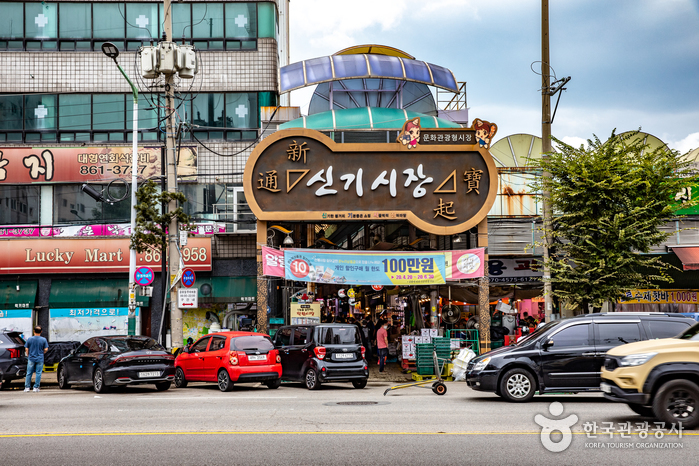
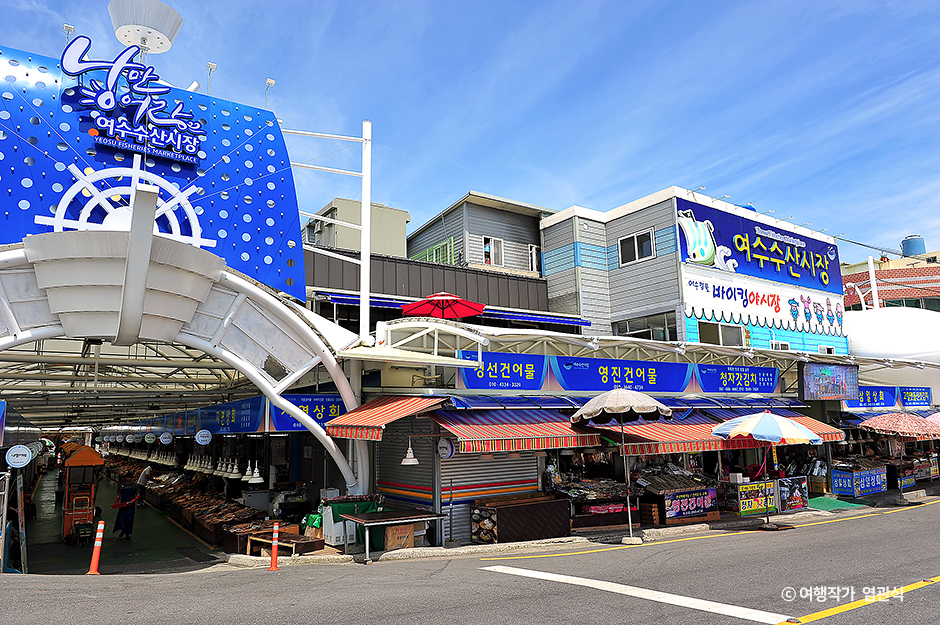
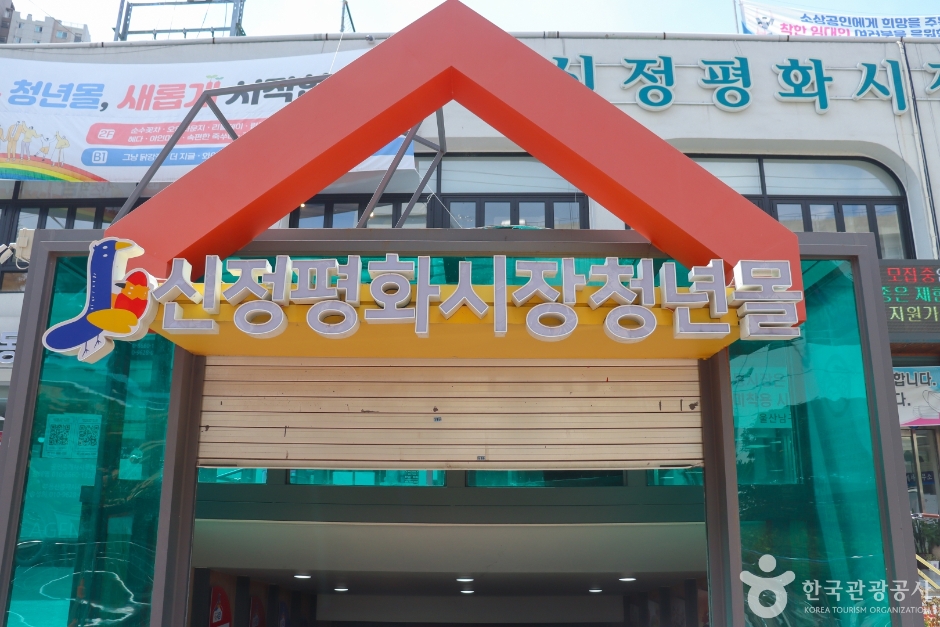
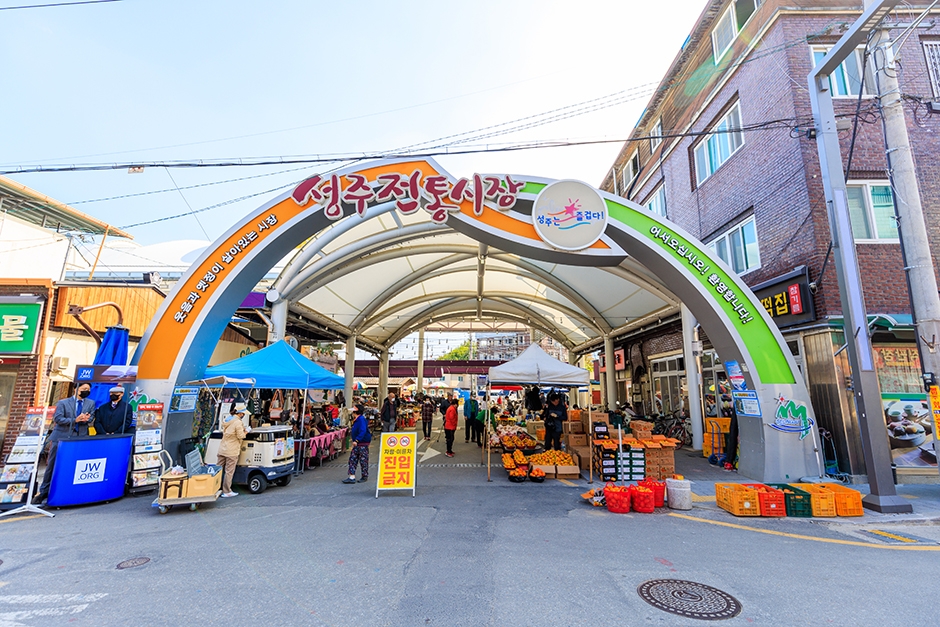
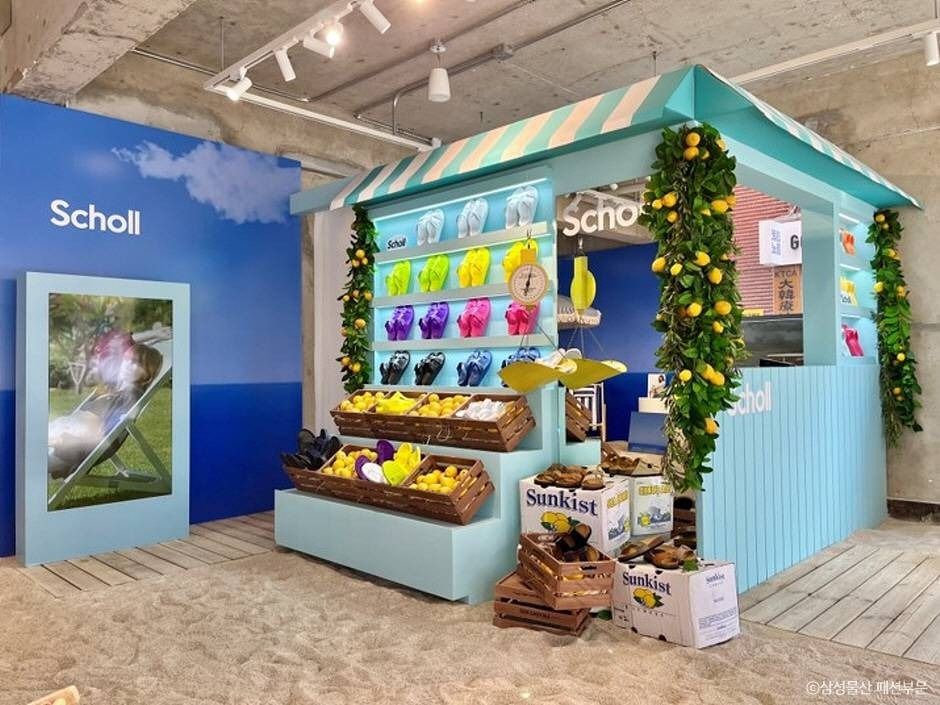
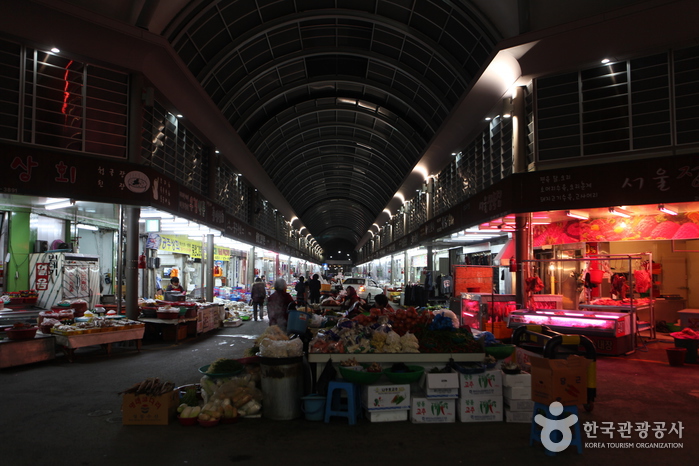

 English
English
 한국어
한국어 日本語
日本語 中文(简体)
中文(简体) Deutsch
Deutsch Français
Français Español
Español Русский
Русский